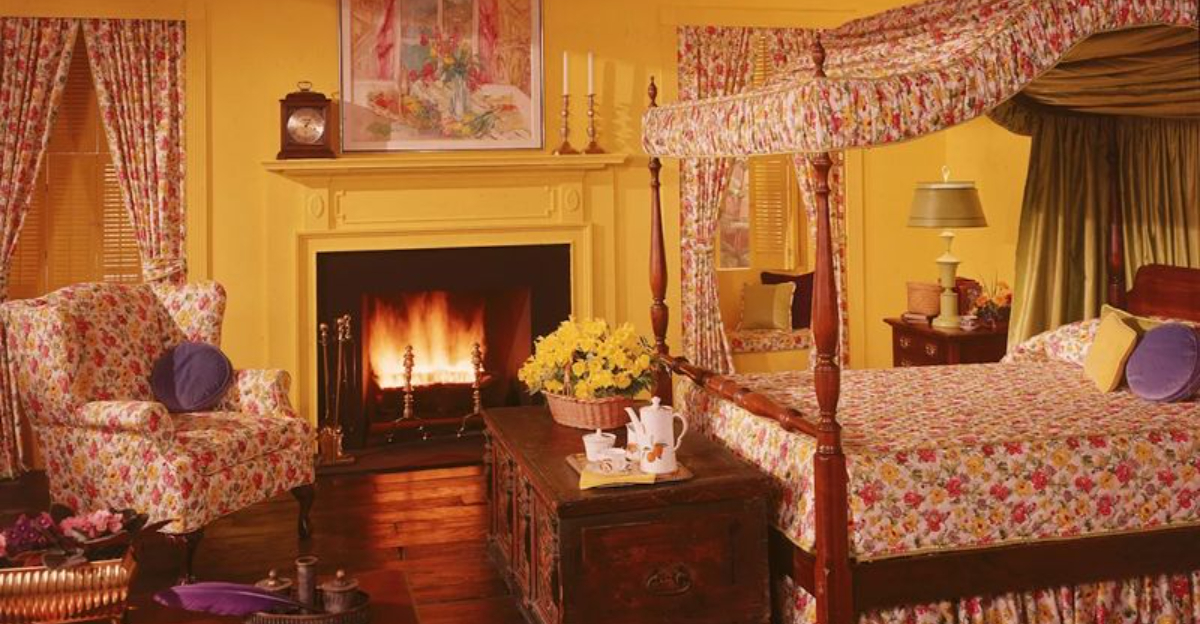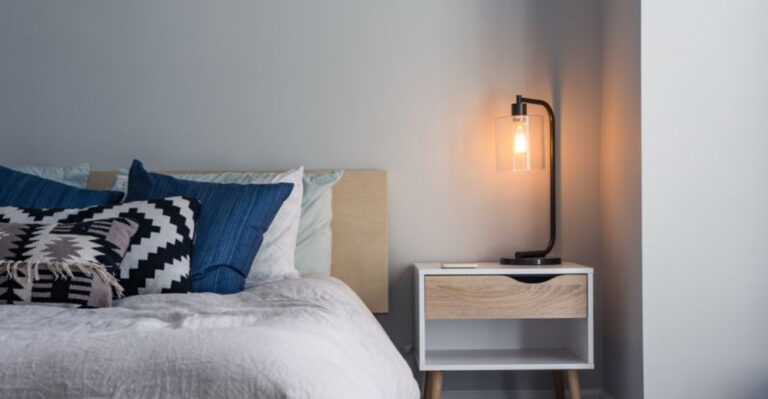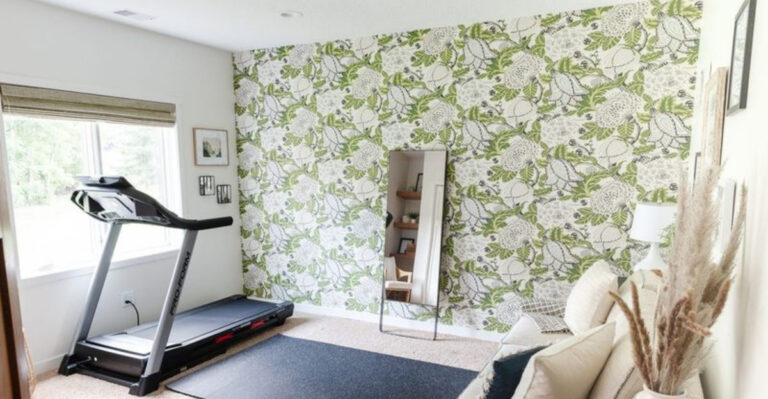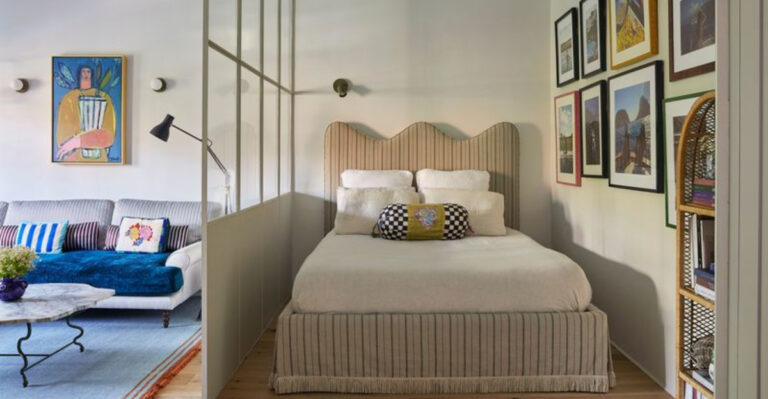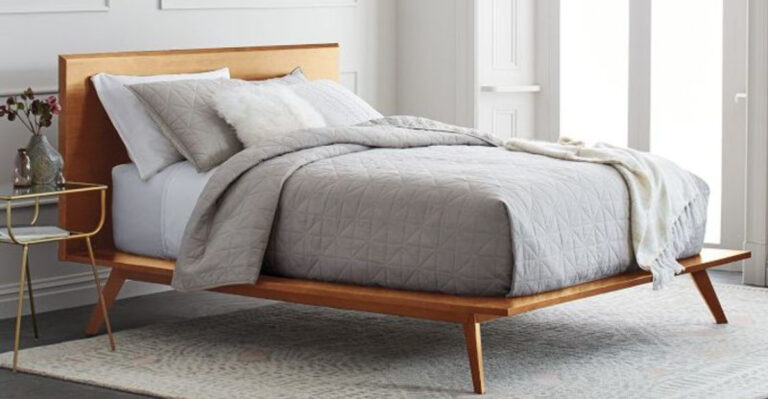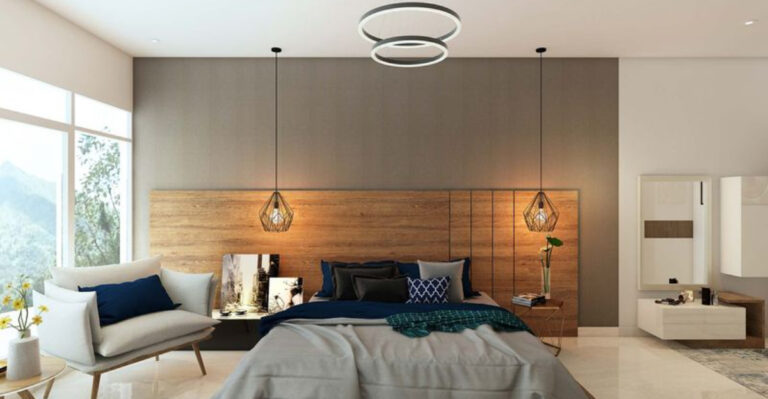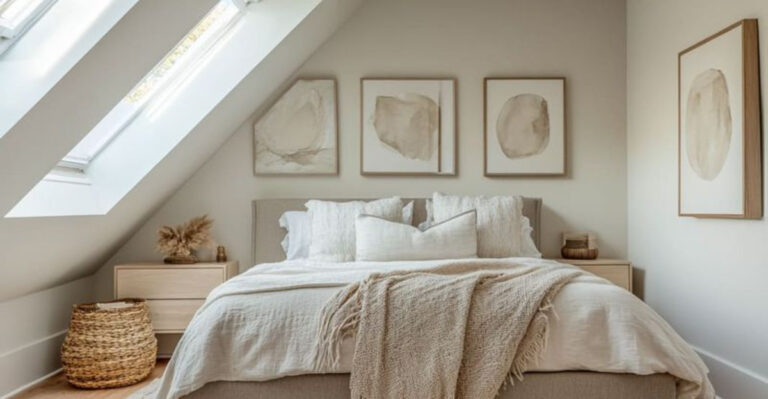16 Classic Tricks We Used To Personalize Our ‘80s Bedrooms (Even Shared Ones)
Growing up in the ’80s, my bedroom was everything, it was my retreat, my stage, my dream factory. Even when I had to share it with a sibling, I found ways to make my corner feel like mine.
Back then, we didn’t need Pinterest to get creative. We had boom boxes blasting our favorite mixtapes, walls plastered with posters, and glow-in-the-dark stars on the ceiling.
It might’ve been cramped, but it was ours. In a decade full of neon, big hair, and even bigger imagination, our bedrooms became the one place we could truly be ourselves, and we made it count.
1. Radical Wall Posters
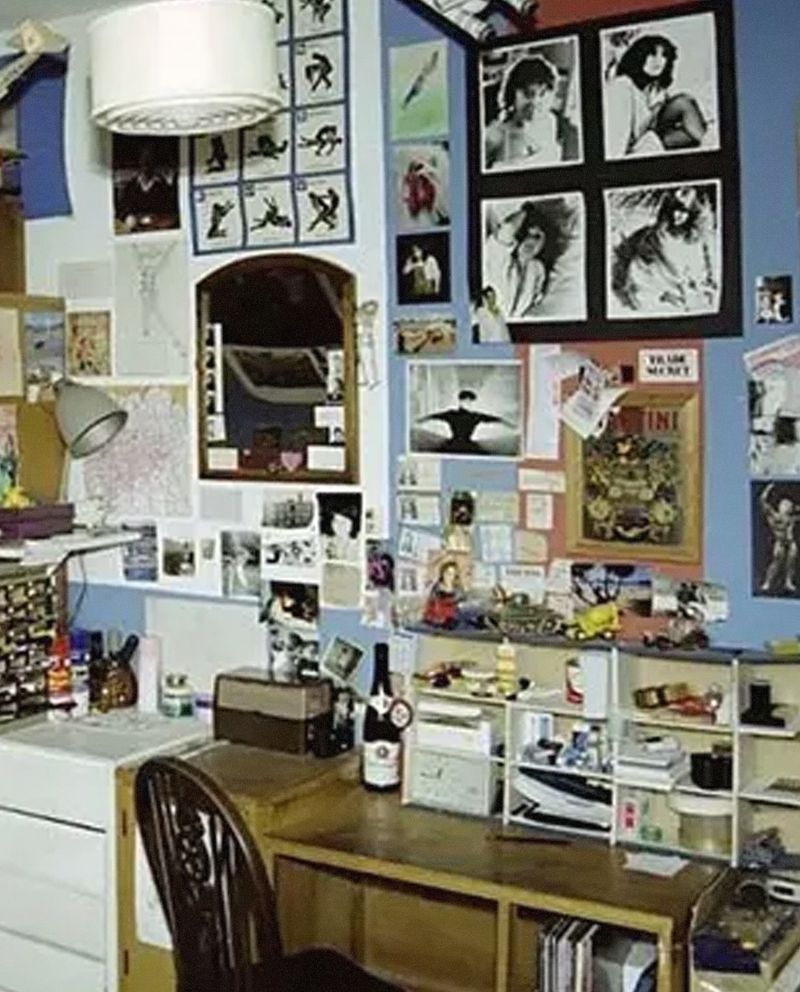
No ’80s bedroom was complete without posters plastered across every inch of available wall space. Michael Jackson moonwalking, Madonna striking a pose, or Tom Cruise in Top Gun – these paper heroes watched over us while we slept.
The cooler kids had those blacklight posters that glowed under special lighting. Parents hated the holes in the wall from thumbtacks, but we didn’t care – this was our gallery, our personal statement about what mattered in our world.
2. Mixtape Collections
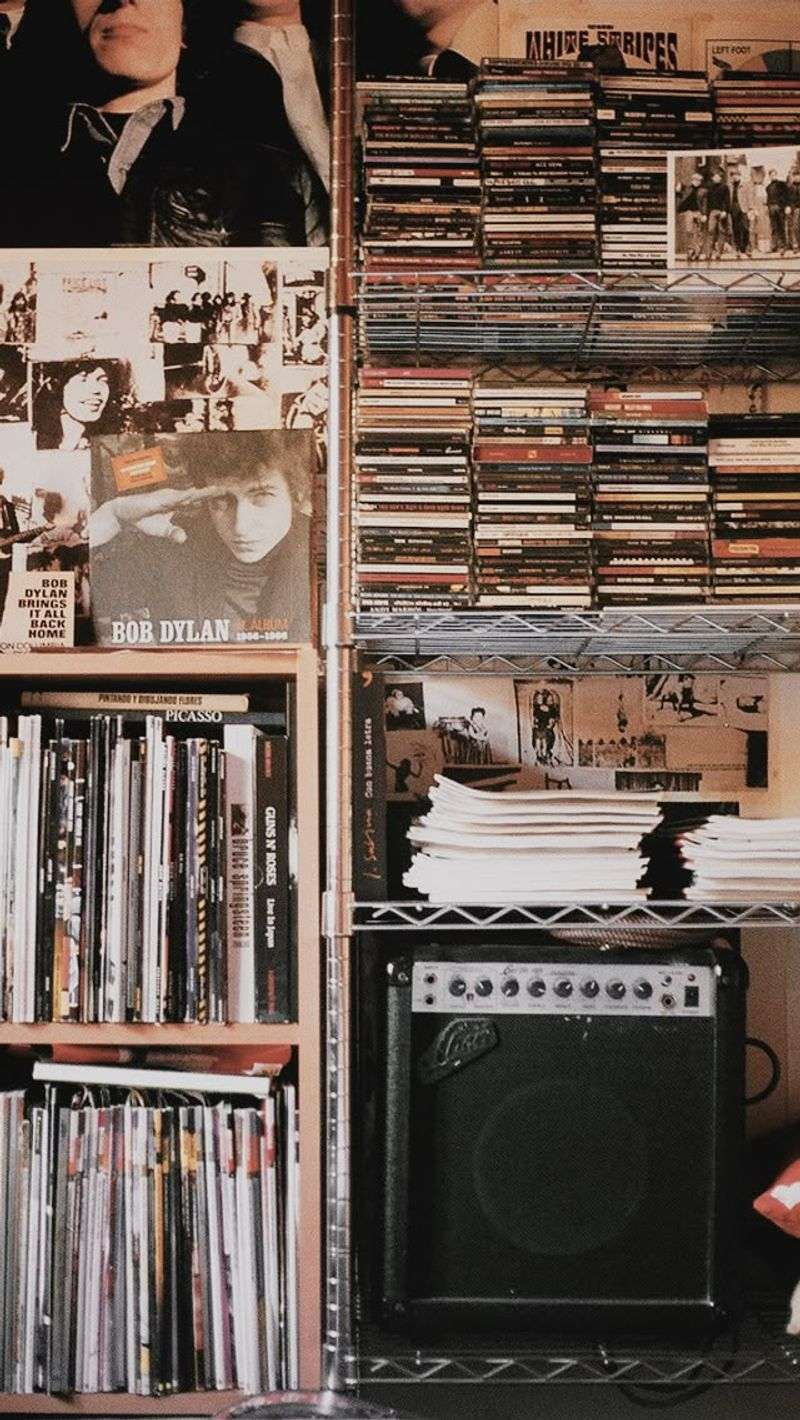
Cassette tapes lined up on homemade shelves showed off our music taste. We spent hours recording songs from the radio, finger hovering over the record button, ready to capture that perfect tune while avoiding the DJ’s voice.
Each tape had a carefully designed insert with song titles written in our best handwriting. Some tapes were for personal enjoyment, others made as gifts for crushes. The ultimate flex? Having one of those double-cassette boom boxes that let you copy tapes without waiting for radio plays.
3. Rubik’s Cube Display
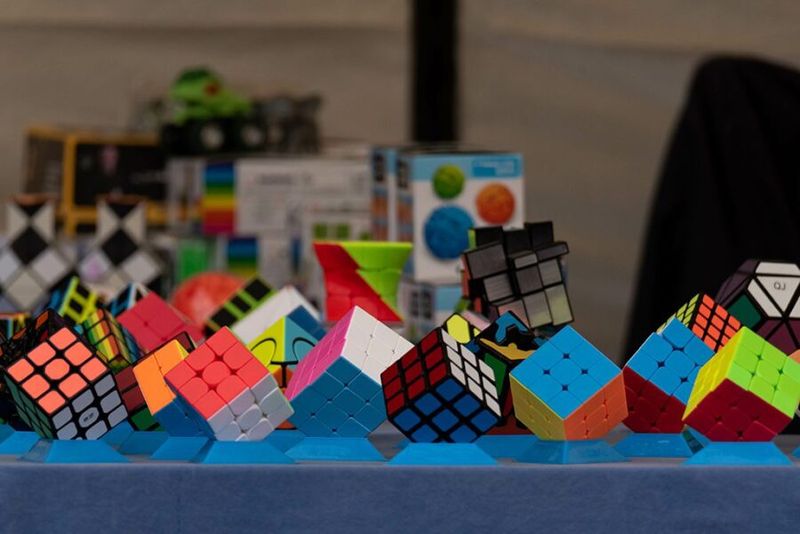
Solved or unsolved, the Rubik’s Cube sat proudly on many bedside tables. Some kids could solve it in minutes while others peeled off the stickers when no one was looking.
The colorful puzzle became both a toy and a bedroom decoration. The truly dedicated had multiple cubes in different sizes and shapes. Nothing said “I’m smart and cool” quite like a solved Rubik’s Cube casually displayed among your belongings, especially when a sibling couldn’t figure it out.
4. Boombox Territory Markers
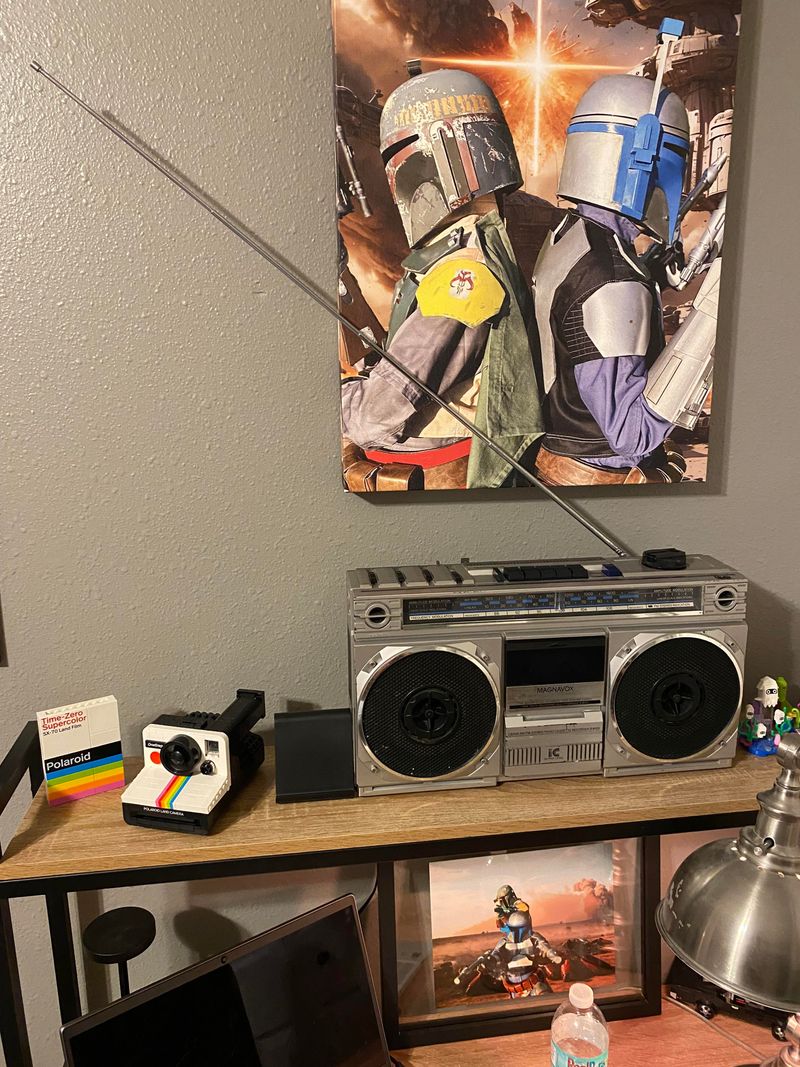
The boombox was the ultimate bedroom status symbol. Massive and chrome, these portable stereos defined your audio space and announced your musical territory to siblings and parents alike.
The bigger the speakers, the more impressive your domain. We saved allowance for months to afford one with dual cassette decks and graphic equalizers with those bouncing lights. When you hit play on your favorite tape, the bass vibrations literally marked your territory in a shared bedroom.
5. Trapper Keeper Command Centers
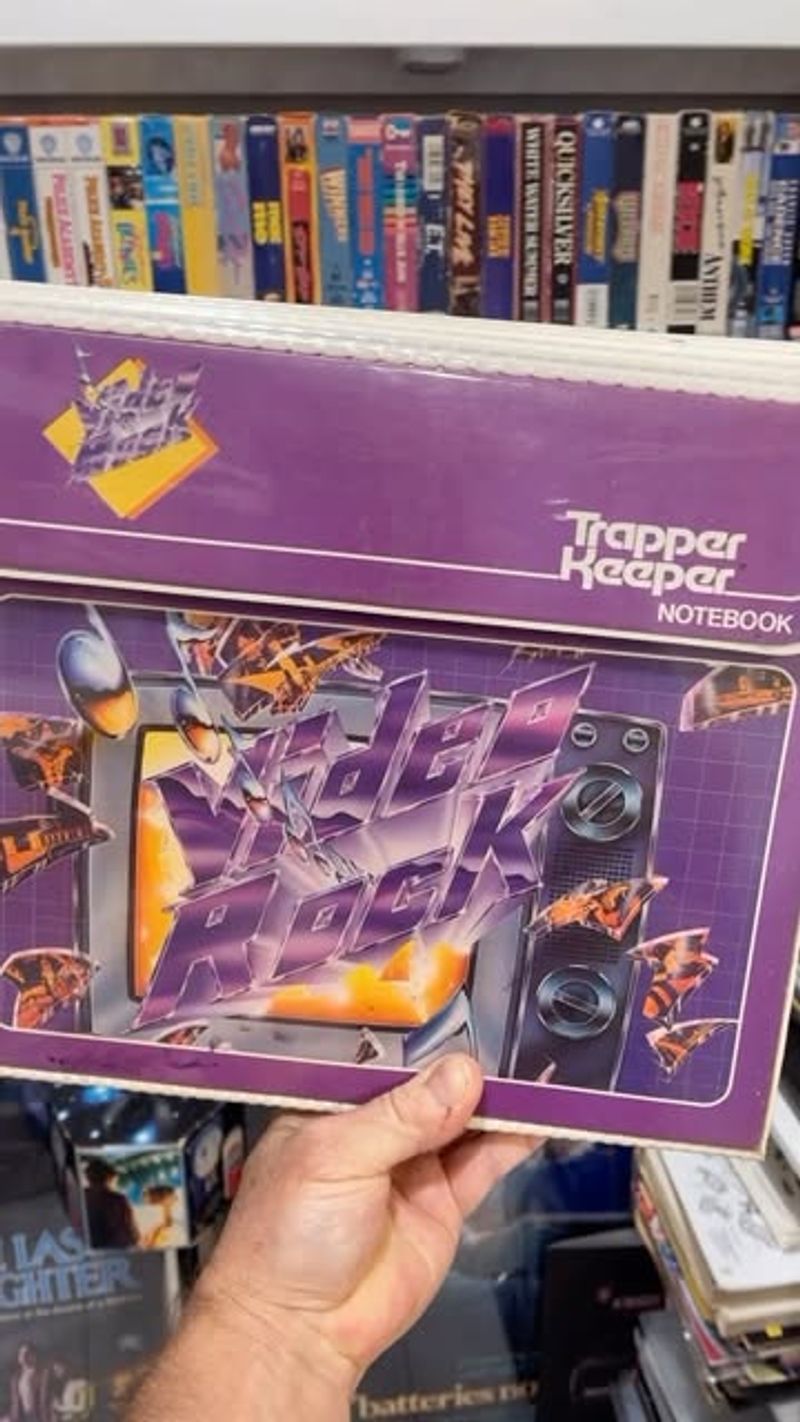
Trapper Keepers weren’t just for school – they became bedroom organizers for our most important stuff. Those velcro-sealed folders with wild designs held secret notes, stickers, and magazine cutouts.
Kids with shared rooms often had a special hiding spot for their Trapper Keeper. The plastic covers featured everything from unicorns to spaceships to neon geometric patterns. Some of us even used them to organize our sticker collections or to hide diary entries from nosy siblings.
6. Glow-In-The-Dark Ceiling Stars
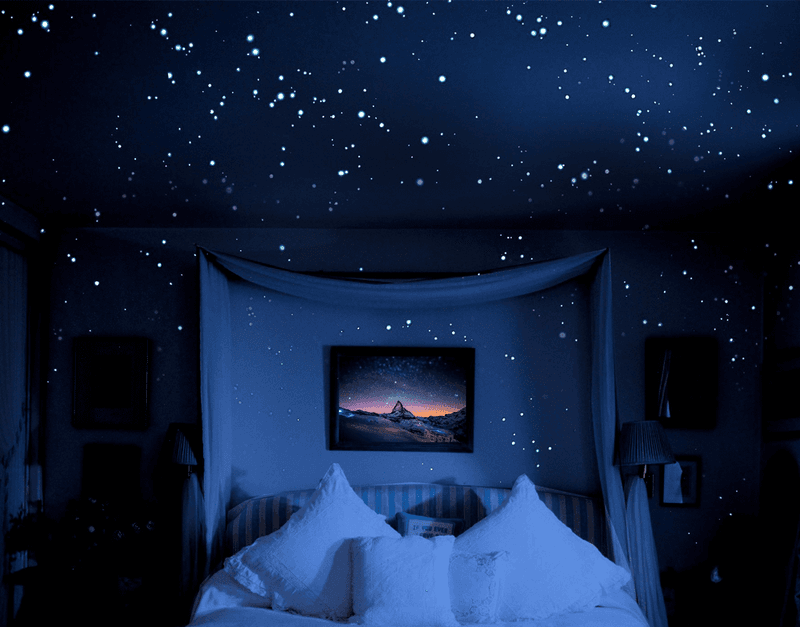
Transforming boring ceilings into cosmic wonderlands was a bedroom game-changer. Those sticky plastic stars absorbed light during the day and glowed green at night, creating personal planetariums above our beds.
Kids in shared rooms often had their own constellations mapped out above their designated spaces. The truly dedicated arranged them into actual star patterns or zodiac signs. Parents would turn off the lights, and suddenly your side of the room became a magical universe that was totally yours.
7. Bedspread Battlegrounds
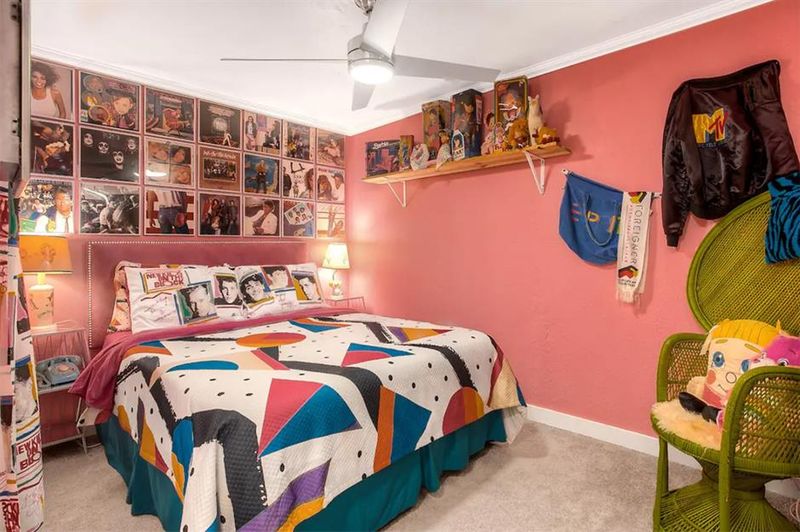
Your bedspread was your billboard – announcing your passions to anyone who entered. Care Bears, Transformers, Star Wars, or E.T. – these character-themed covers weren’t just for sleeping under.
In shared rooms, contrasting bedspreads created clear boundaries between territories. Your Strawberry Shortcake comforter versus your brother’s G.I. Joe spread made it crystal clear whose side was whose. Some lucky kids had matching curtains and pillowcases to complete the look!
8. Sticker Album Showcases

Sticker collections were serious business. Puffy stickers, scratch-and-sniff, holographic, googly-eyed – we displayed these treasures in special albums kept on nightstands or bookshelves.
Trading stickers with friends gave us unique collections to show off. The scent of grape scratch-and-sniff stickers still triggers memories for many ’80s kids. Some of us even had sticker trading parties where we’d gather in someone’s bedroom to swap duplicates and admire rare finds.
9. Under-Bed Secret Storage
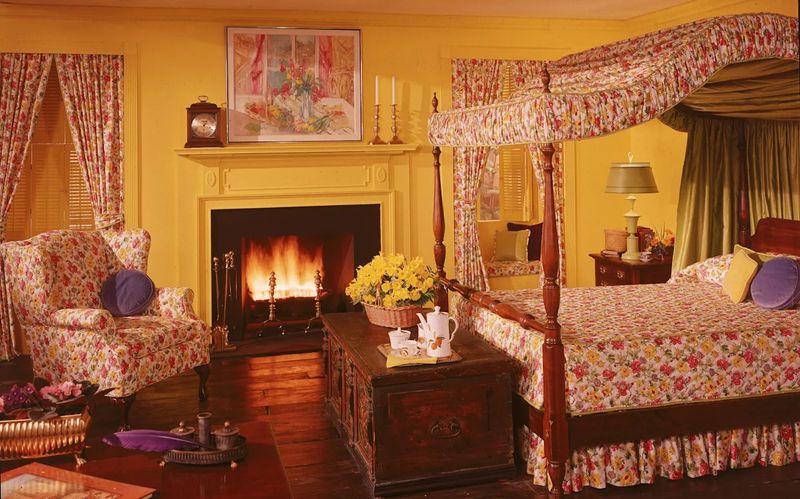
The space under the bed became a treasure vault of private possessions. Shoeboxes filled with baseball cards, Barbie accessories, or secret candy stashes lived in this dusty kingdom.
In shared rooms, this was the one place siblings couldn’t easily invade. Some kids got fancy with plastic containers while others just shoved things under randomly. Parents always threatened to clean under there during room inspections, sending us into panic modes of hasty organization.
10. Personal Phone Extensions
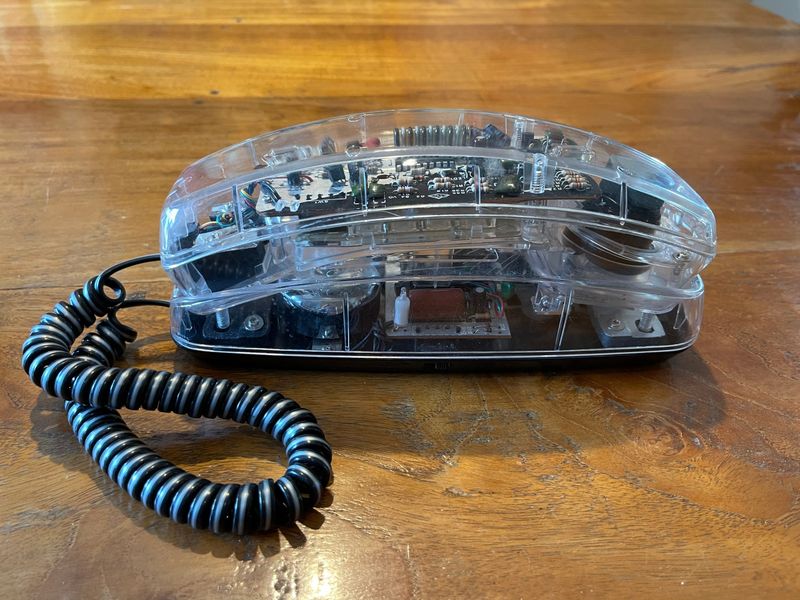
Getting your own phone extension was the ultimate ’80s bedroom upgrade. That clear plastic phone with neon innards meant private conversations away from nosy family members.
If you shared a room, you probably had strict rules about phone time. The curly cord stretched to its limit as you whispered to friends about school drama. Some families had a “phone schedule” posted next to the device. Bonus points if you had one of those clear phones that lit up when it rang!
11. DIY Room Dividers
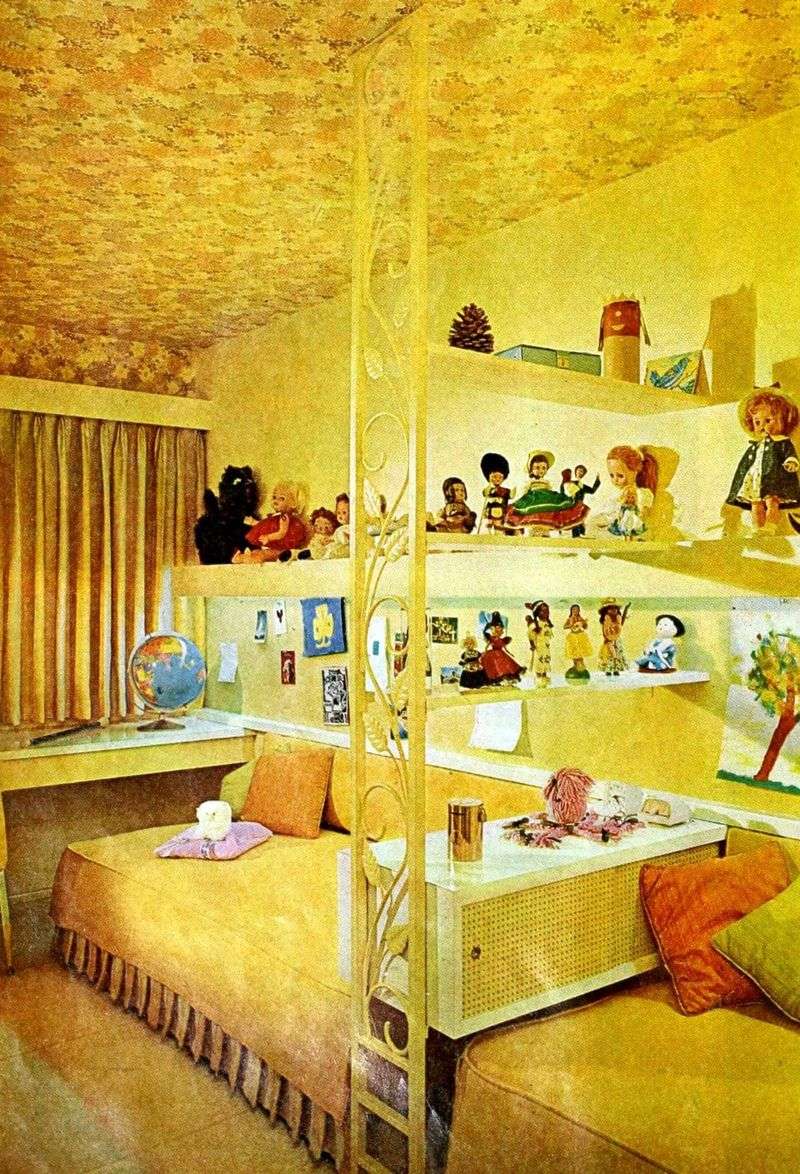
Bookshelves, dressers, and hanging blankets became architectural solutions for privacy in shared spaces. We transformed furniture into walls, creating rooms within rooms.
The classic move was pushing a bookshelf perpendicular to the wall. More ambitious kids hung sheets from the ceiling with thumbtacks. Parents hated the makeshift structures but understood our desperate need for privacy. These dividers rarely blocked sound, but the visual separation was enough to create the illusion of your own space.
12. Bulletin Board Biographies
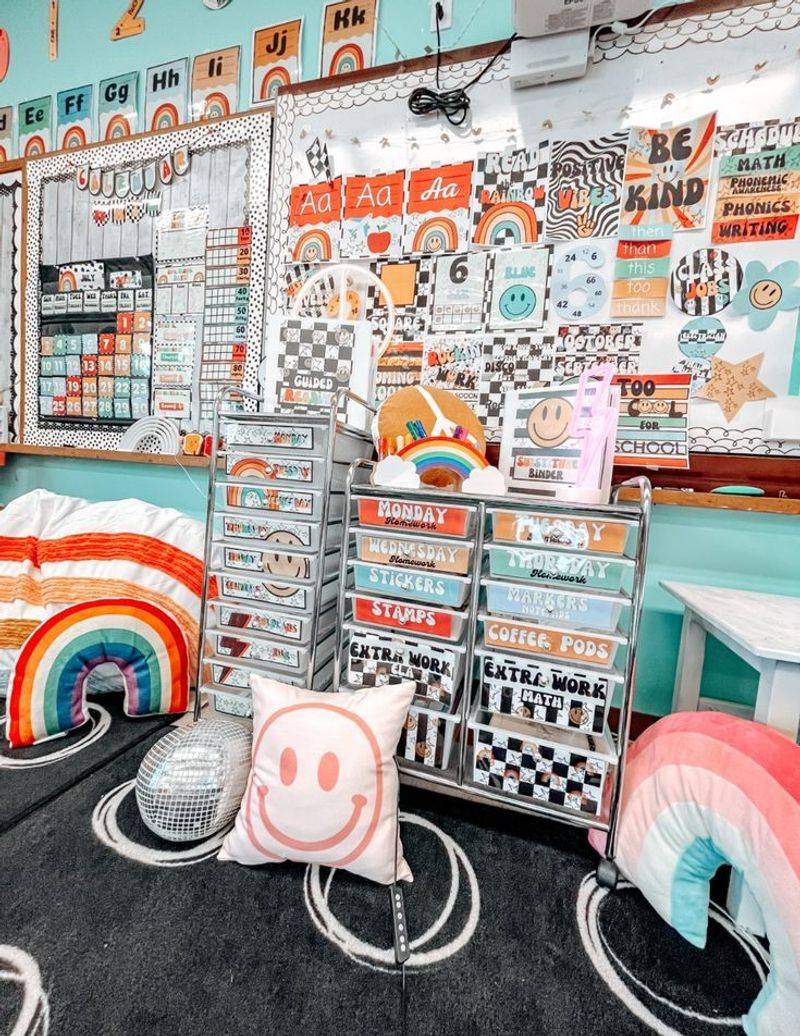
Cork bulletin boards became visual autobiographies pinned to the wall. Concert tickets, school photos, ribbons, and newspaper clippings created a collage of our developing identities.
Each pin represented a memory or achievement. In shared rooms, your board was your personal space that siblings weren’t allowed to touch. The cool kids had those extra-large bulletin boards that took up half a wall. Some even outlined their boards with Christmas lights for extra flair.
13. Custom Door Decorations
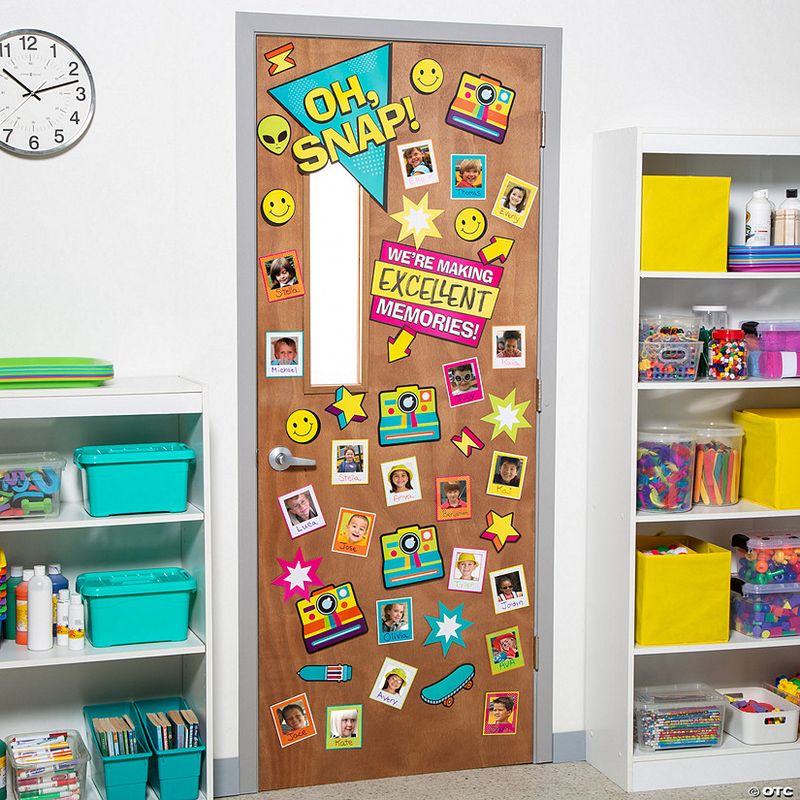
Bedroom doors became billboards for our personalities. “Keep Out” signs, band stickers, and those wooden name plaques announced who lived within.
Shared rooms often featured multiple name signs or sectioned door decorations. Remember those beaded curtains that some parents actually allowed? Or the “Knock First” signs that nobody respected? Some creative kids changed their door decor seasonally or to match whatever pop culture obsession currently ruled their world.
14. Jam Box Radio Stations
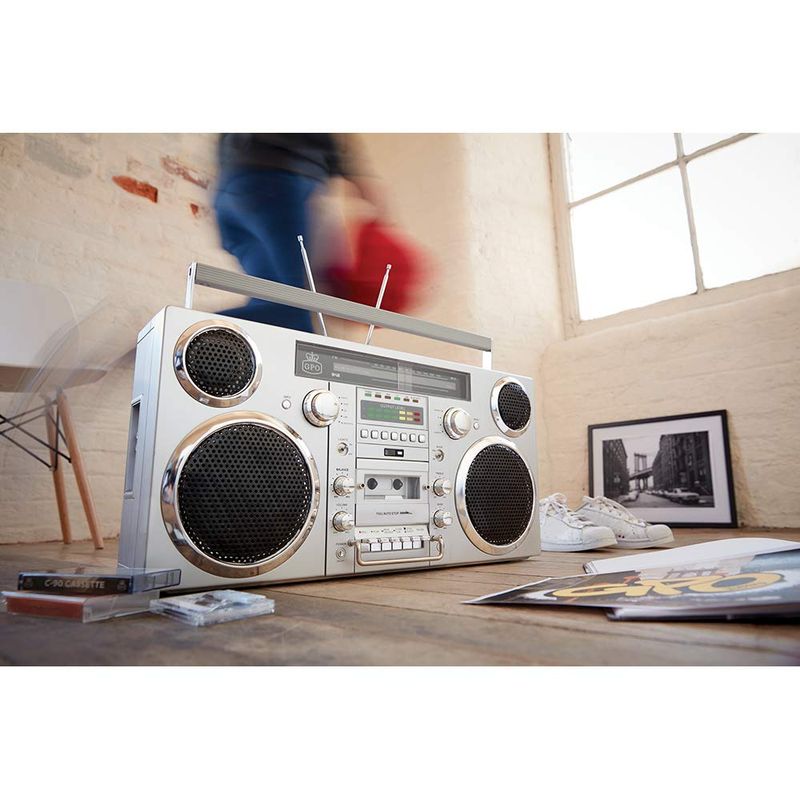
We became bedroom DJs with those little microphones that could interrupt radio broadcasts. Speaking over the end of songs, we created personal radio stations for an audience of stuffed animals and annoyed siblings.
Some kids recorded elaborate radio shows complete with weather reports and dedications. In shared rooms, this often led to microphone battles and volume wars. The coolest kids had those karaoke machines with echo effects that made everything sound like it was recorded in a cave.
15. Alarm Clock Ownership
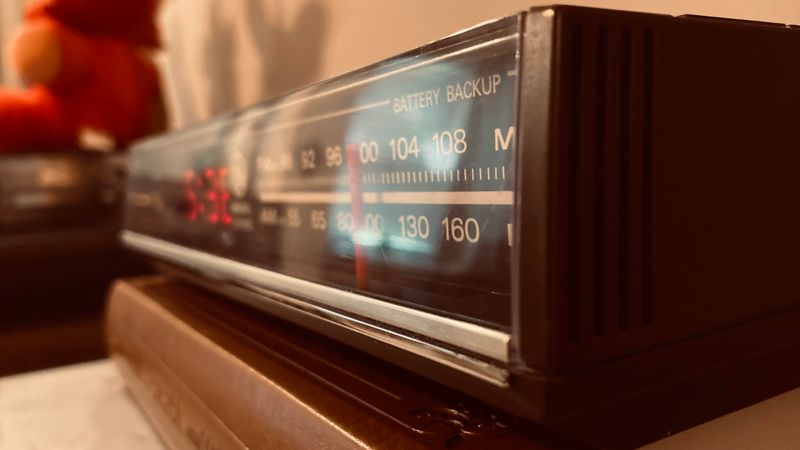
Those flip-number alarm clocks with the loud tick-tock became prized possessions. Having your own meant control over your morning routine, even if you shared sleeping quarters.
Digital clocks with red LED numbers were the upgrade everyone wanted. Some had built-in radios for waking up to your favorite station. In shared rooms, alarm clock wars were common – whose would go off first? Who got to hit snooze? The power dynamics of morning routines were serious business.
16. Reading Light Territories
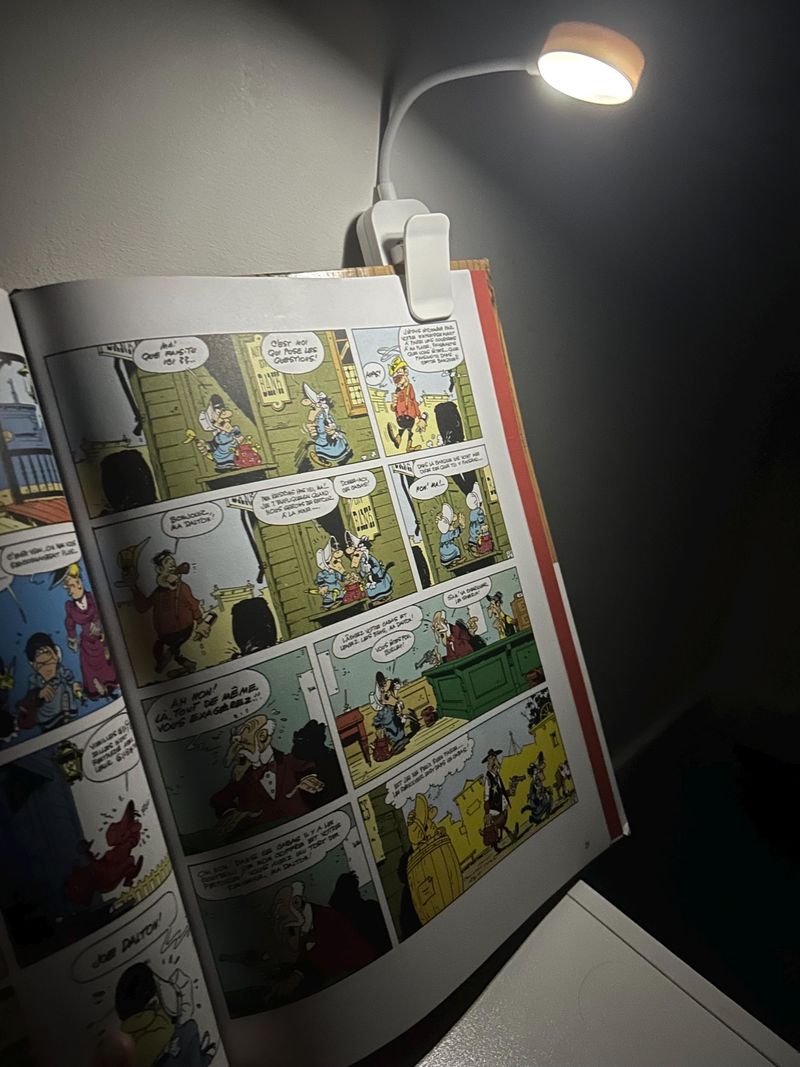
Clip-on reading lights created islands of illumination in shared darkness. These personal light sources let you stay up reading Judy Blume while your sibling slept.
The bendable neck let you aim the light precisely at your book without disturbing others. Some kids had those flashlights specifically designed for under-the-covers reading. Parents would call out “Lights out!” but never suspected the secret reading sessions happening after hours.
17. Closet Organization Systems
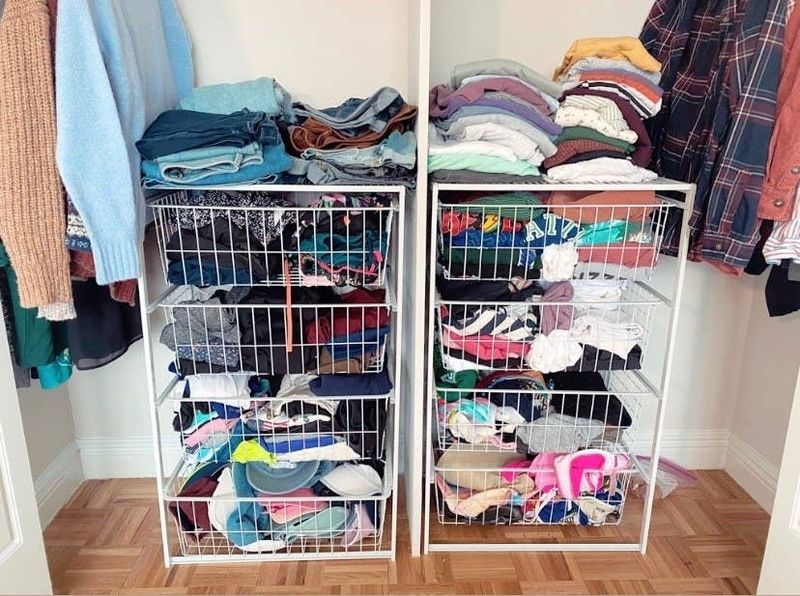
Shared closets became exercises in boundary setting and space negotiation. Colored hangers distinguished your clothes from your sibling’s, with clear demarcation lines that shouldn’t be crossed.
Some families installed double rods or shelf dividers to create separate zones. The struggle for shoe space on the closet floor was particularly intense. Clever kids used shoe organizers hanging on doors to maximize their footwear collection while minimizing territorial disputes.

